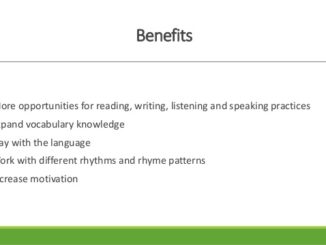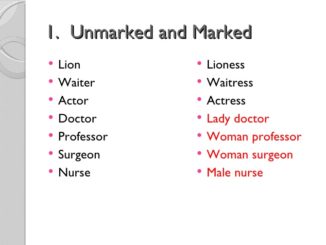
Language Formation and Development
Children develop language at a very rapid pace from birth up to the age of five. Studies have even suggested that children have been learning language from conception, while they are developing in their mother’s womb. Sensory and brain mechanisms for hearing are developed at 30 weeks of gestational period. The new study shows that unborn babies are listening to their mothers talk during the last 10 weeks of pregnancy and at birth can demonstrate what they’ve heard. In fact, scientists have discovered that babies only hours old are able to differentiate between sounds from their native language and a foreign language.
Further critical periods for speech and language development remain in infants and young children when the brain is best able to absorb language. In the first 3 years of life, when the brain is developing and maturing, acquiring speech and language skills is most intensive. If this critical period is allowed to pass without exposure to language, it will be more difficult to learn. These skills develop best in a world that is rich with sounds, sights, and consistent exposure to the speech and language of others. Language and communication skills are critical as good communication makes them better able to engage in socialization. It is eventually more important for them to learn from their environment and from formal classroom instruction.
Language is the words that your child understands and uses. It is also how your child uses these words. It includes both spoken and written forms. Speech is the ability to produce the sounds that form words.
In my years of teaching young children, especially special education needs children; I have adhered to three simple techniques that helped a lot. And it is very simple. All you need to do is to TALK to children. What becomes more crucial, is HOW we talk to them.
Three Ways To Stimulate The Language and Speech Development of Children
1. InfoTalk or Information Talk
Using InfoTalk (also known as: Parallel Talk) is most basic. This is a technique in which we, the parent, guardian or care-giver describes what the child is doing or seeing. In Info Talk, we act like a radio broadcaster or an emcee. We watch the child’s action and describe it. We do not expect a response. We do not ask the child any questions. We talk to inform. We talk to provide the child information on what he/she is doing or what he/she is seeing.
We do InfoTalk with actions to specify the action or objects. We can point or act it out as we speak. We put emphasis on the nouns and verbs.
Often, we will need to sound like a broken recording, where we will have to repeat what we are saying. And it is better done this way.
Example of InfoTalk:
If a child is coloring a picture on his/her book,
INFOTALK: “Oh, you colored the hat red.” (pointing to the crayon RED and the HAT on the picture)
You can also point to the head to mean that the hat is something he/she wears on the head.
He or she was crying after he/she scraped his/her knee,
INFOTALK says: “That really hurts (brushing of his/her knee). You are crying because falling on your knee makes you feel hurt.“
You gave the word for what he/she is doing – crying; you gave the reason – him/her getting to the action of – falling; and you gave the name for his/her emotion – hurt.
2. Echo Talk
The Echo Talk or Repetition is when we simply imitate what the child or children are saying. We place emphasis on correcting their articulation rather than structure.
Examples of Echo Talk
The child said: “Want watch Dowa: The Expowew now.”
ECHO TALK says: “Want to watch DoRa: The ExpLoRER now.”
The child said: “Let’s play Tikoy-tikoy”.
ECHO TALK says: “Let’s play TiCKLE-tiCKLE.“
3. Imitation-Expansion Modelling
Imitation-Expansion Modelling is when we primarily imitate what the child/ren say/says as an adult will say it. We may add one or two words to what our child/ren is/are saying. Basically, we echo their words to them and we complete it for them. Our focus is to listen to what the children are trying to tell us. What is it that they want to say? Anyway, children love to hear their own words repeated back to them.
Example of Imitation-Expansion Modelling
The child says “Up”:
IMITATION-EXPANSION MODELLING says: “You want to go up.”
Can also be, “You want me to go up?”
The child says “Mine!”
IMITATION-EXPANSION MODELLING says: You mean; “It is mine. (Yes, it’s yours.)
Developmental Differences
The stages of language development are universal among humans. However, the age and the pace at which a child reaches each milestone of language development vary greatly among children. Development is a personal thing. Don’t rush your child or be anxious. If you feel that the delay is too much of a discrepancy, you can always consult specialists who will be glad help you out.
Proudly WWW.PONIREVO.COM
Source by Christine P. Garay, LPT



